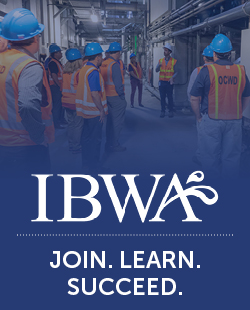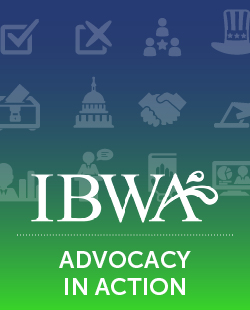Container Safety
Container Safety

Bottled water containers are safe.
Bottled water is a food product, and, as such, the bottled water industry is regulated by the U.S. Food and Drug Administration (FDA), which is an agency of the U.S. Department of Health and Human Services. FDA is responsible for protecting the public health by ensuring the safety of the food supply.
FDA sets rules and guidelines regarding appropriate packaging material composition, properties, and uses for food contact. Packaging materials that meet FDA standards are considered FDA compliant and safe for use as a packaging material that comes into contact with food. FDA has determined that containers used by the bottled water industry are safe for use with food and beverage products—including bottled water—and they do not pose a health risk to consumers.
Polyethylene terephthalate (PET) plastic, easily identified by the #1 recycling code on or near the bottom of the container, is probably the bottled water packaging material most people recognize. PET plastic is used to make convenient, portable 24 ounce, 16.9 ounce (half-liter), and kid-friendly 8 ounce bottled water containers. Some bottled water companies even use PET plastic for their 3- and 5-gallon jugs typically used with water coolers. But bottled water containers aren’t the only food product packaged in PET plastic. A variety of foods – everything from peanut butters, salad dressings, pasta sauces, baked goods, soft drinks, fruit juices, beer, wine, and spirits – are available in PET plastic containers. PET has been used to package beverage, food, and other products for more 35 years. For the record, PET plastic does not contain bisphenol A (BPA).
High density polyethylene (HDPE) is another plastic bottled water packaging material that FDA has approved as safe for food contact. HDPE, which is easily identified by the #2 recycling code on or near the bottom of the container, is used to package not only bottled water but also other food items such as milk and juice, and also other products easily found around the home, like shampoo, dish soap, and laundry detergent bottles. HDPE is typically used as bottled water packaging in 1-gallon jugs and 2-gallon water dispensers available at grocery stores.
Polycarbonate plastic has been a packaging material used for food and beverage product containers for more than 50 years because it is lightweight, highly shatter-resistant, and transparent. Some bottled water companies have used polycarbonate plastic for their 3- and 5-gallon water cooler bottles. In addition to food containers, it has been widely used in many other everyday items, such as eyeglasses and compact discs. As with all food packaging materials, bottled water containers made from polycarbonate are approved by FDA for food contact. Polycarbonate plastic and epoxy resins are made using bisphenol A (BPA), which is a chemical building block that FDA and other regulatory agencies around the world have deemed as safe for consumer use. In fact, FDA has stated that according to the agency’s “ongoing safety review of scientific evidence, the available information continues to support the safety of BPA for the currently approved uses in food containers and packaging.” To learn more, visit FDA’s BPA webpage.
Glass is a packaging option some bottled water companies choose to use for their premium bottled waters. All glass used for bottled water containers has been approved as a food contact material by FDA.
Frequently Asked Questions
Why is plastic used? What are its benefits?
Bottled water companies choose plastic for packaging for several reasons. Plastic containers are efficient for protecting foods and beverages from bacteria. And PET, PC, and HDPE plastics are lightweight and shatterproof, requiring less energy to produce and transport and offering safety and convenience to consumers.
How long can you store a bottle?
The FDA has not established a shelf life for bottled water. IBWA advises consumers to store bottled water at room temperature (or cooler), out of direct sunlight and away from solvents and chemicals such as gasoline, paint thinners and dry cleaning chemicals. Bottled water can be used indefinitely if stored properly.
Can chemicals migrate from the plastic into the water?
The FDA’s safety criteria require extensive toxicity testing for any substance that may be ingested at more than negligible levels. That means the FDA has affirmatively determined that, when plastics are used as intended in food-contact applications, the nature and amount of substances that may migrate, if any, are safe.


